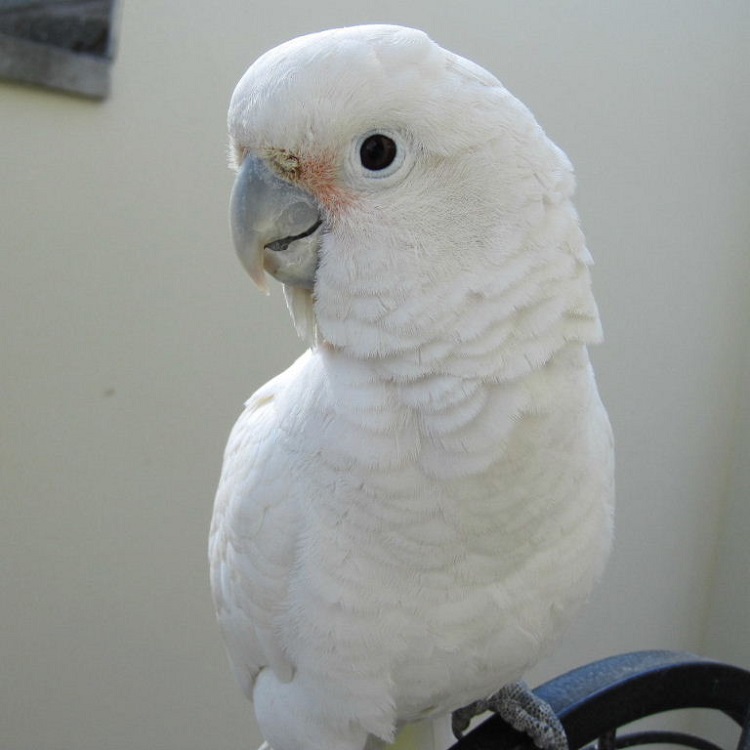

Additionally, the observational data provide indications that Goffin’s cockatoos are extractive foragers, which together with relying on multiple food sources might be considered a prerequisite of tool use. Their breeding season may be estimated to start between June and early July and they face potential predation from ground and aerial predators. We could confirm previous predictions that Goffin’s cockatoos are opportunistic foragers and consume a variety of resources (seeds, fruit, inflorescence, roots). The three-month expedition presented here aimed at gaining first insights into the cockatoos’ feeding ecology and breeding behavior. In order to fully understand the evolutionary roots leading to cognitively advanced skills, such as multi-step problem solving or flexible tool use and manufacture, it is crucial to study the ecological challenges faced by the respective species in the wild.

However, little is known about its behavior in the natural habitat on the Tanimbar Archipelago in Indonesia. Our findings contribute to the debate on how captivity affects innovation in animals.Įxperimental work on captive Goffin’s cockatoos (Cacatua goffiniana) has highlighted the remarkable cognitive abilities of this species. We discuss the impact and discrepancy between motivation and cognitive ability on innovation rate. Our findings thus provide a contrast to previous literature, which suggested enhanced cognitive abilities and technical problem-solving skills in long-term captive animals. However, those that are interested solve a similar number of tasks at a similar rate, indicating no difference in the cognitive ability to solve technical problems. We found that fewer temporarily-captive wild birds are inclined to consistently interact with the apparatus in comparison to laboratory-raised birds. We applied the IA for the first time to investigate how long-term captivity affects innovative capacities in the Goffin’s cockatoo, an avian model species for animal innovation.

The new design allows for the experimental study of innovation per time unit and for uncovering group-specific problem-solving abilities – an important feature for comparing animals with different predispositions and life histories. We hereby introduce a comparative approach for studying innovation rate, the ‘Innovation Arena’ (IA), featuring the simultaneous presentation of 20 interchangeable tasks, which subjects encounter repeatedly.

The ability to innovate, i.e., to exhibit new or modified learned behaviours, can facilitate adaptation to environmental changes or exploiting novel resources. The presence of flexible use and manufacture of tool sets in animals distantly related to humans significantly diversifies the phylogenetic landscape of technology and opens multiple avenues for future research. Furthermore, these observations demonstrate how a species without hands can achieve dexterity in a high-precision task. The use of a tool set in a non-primate implies convergent evolution of advanced tool use. While Goffin’s cockatoos do not depend on tool-obtained resources, repeated observations of two temporarily captive wild birds and indications from free-ranging individuals suggest this behavior occurs in the wild, albeit not species-wide. Up to three types of wooden tools, differing in their physical properties and each serving a different function, were manufactured and employed to extract embedded seed matter of Cerbera manghas. Here, we report the discovery of two distinct tool manufacture methods and the use of tool sets in wild Goffin’s cockatoos (Cacatua goffiniana). However, it is intrinsically challenging to record tool innovations in natural settings that do not occur species-wide. These cases can be assumed to have emerged innovatively and be applied flexibly, thus emphasizing creativity and intelligence. To unravel the origins of such complex behaviors, it is crucial to investigate tool use that is not necessary for a species’ survival. The use of different tools to achieve a single goal is considered unique to human and primate technology.


 0 kommentar(er)
0 kommentar(er)
